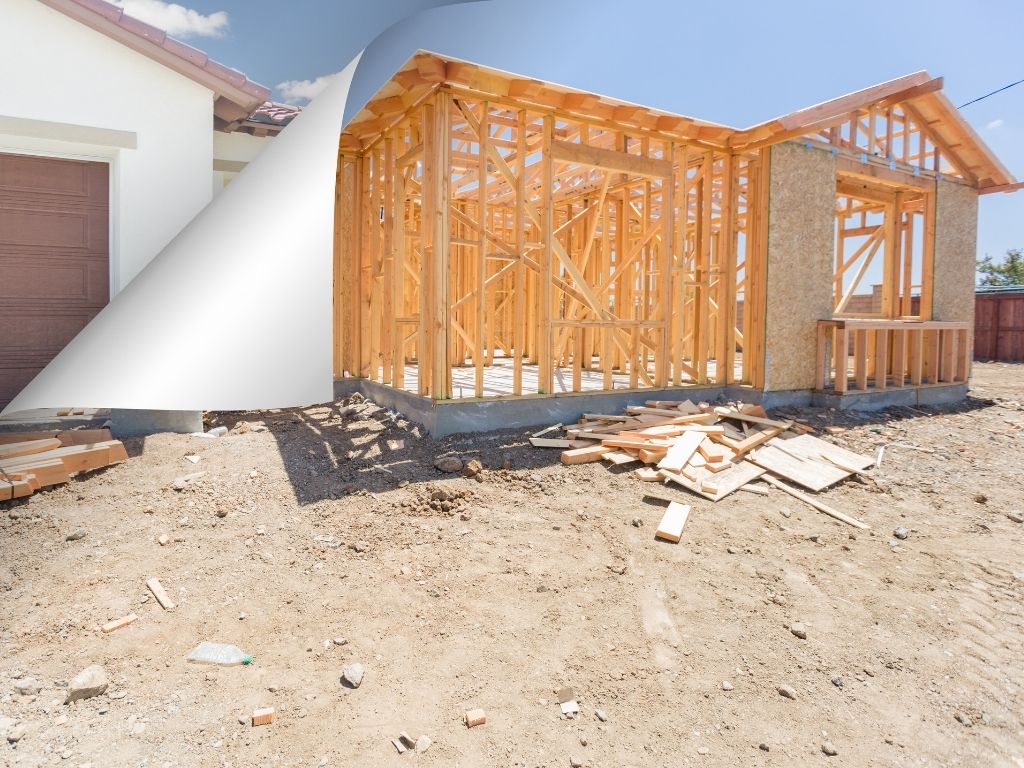When you’re planning on getting started in house flipping, the most important thing you’ll do as an investor is to calculate all the costs. The question is what you’ll need to estimate for, and how to find all the numbers you need.
Flipping houses can be a bit of a mixed bag – there are definitive costs that the investor can calculate beforehand with relative accuracy, and then there are hidden costs that need to be accounted for within the budget. If you want your flip to be successful, you’ll need to plan effectively. This means preparing for the costs that are set and the costs that might pop up unexpectedly.
From purchase price to renovation, marketing, and much more, we’ve put together all the costs that you should be aware of before investing in a house flip below.
Table of Contents
Calculating The Costs Of Flipping A House
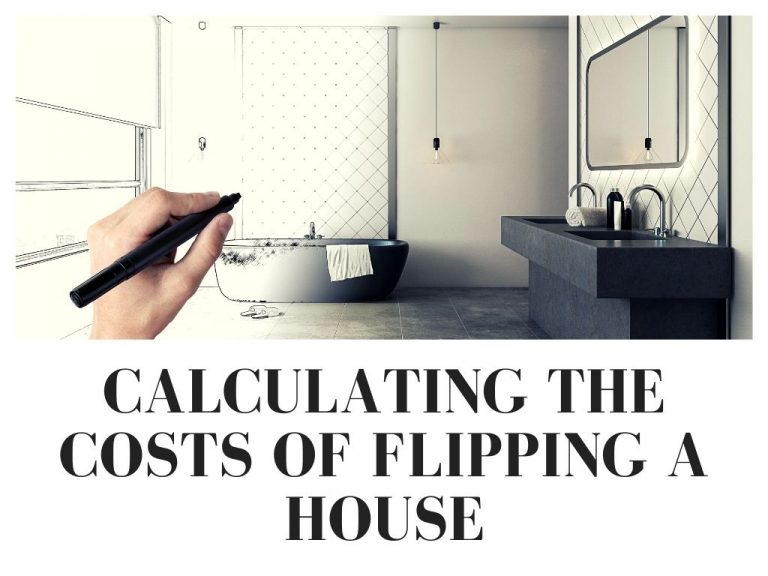
The first step to calculating the costs of flipping a house is to put together comparable data, crunch some numbers, and set up a budget.
To start off with, you’ll need to do an evaluation of the neighborhood you are thinking about investing in. The first major cost the investor will be responsible for is the purchase price of the home. It’s not common for investors to have the funds available to buy a property outright without some form of funding.
House flips are often powered by asset-based loans, also known as hard money loans. These loans are based on the value of the property, and the lender takes possession of the home if the borrower is unable to pay their debts. The reason these loans are used so commonly by real estate investors is that the loan terms are typically more flexible than traditional mortgages, and the funds granted much more quickly. The trade-off is that the interest rates on these loans can be higher depending on the lender and where they are based.
Next, you’ll have to pay careful attention to your budget. House flipping investors will make use of the estimated after-repair value of a home to frame how much they will spend on the project altogether. The ARV refers to the final value of the property once all renovations are completed and it is ready to go on the market. A key part of investing is comparing similar homes in the area to make sure that you are getting the best deal on the property you are interested in buying. You’ll want to look at how much these comparable homes have sold for in the past three months to get a clearer picture of what home value you can expect from the whole process.
For investors looking to calculate the ARV of a home, the goal is not to spend more than 70% of the value of a property, subtracting the cost of renovations.
The Cost Of Buying The Property
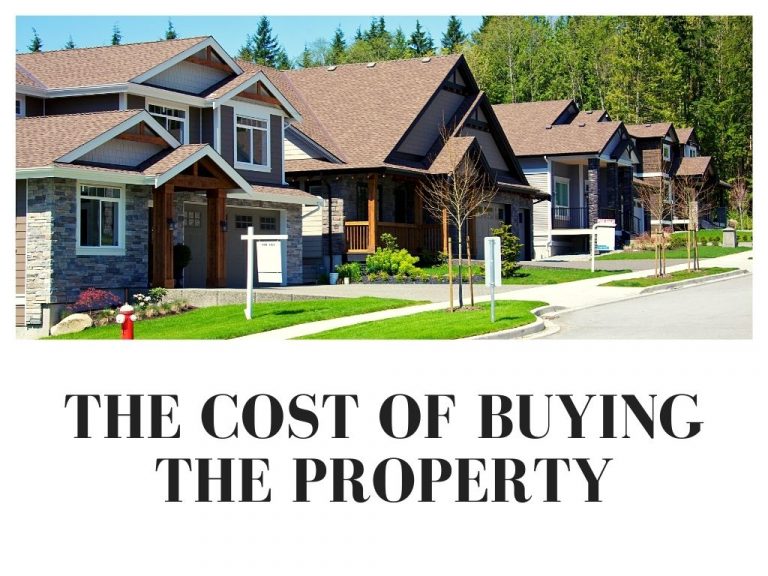
The biggest expense a house flipping investor will deal with is the cost of acquiring the property. For the overall success of the flip, it’s crucial to purchase a home at a good price point. House flipping investors often focus on properties that are undervalued for their location, such as foreclosed or similarly distressed homes. The goal is ultimately to look for the worst house on the best street.
The average cost of acquiring a fix and flip property will be largely dependent on the market the home is located in. Some markets are better for flippers than others. The good news is that there are several characteristics that you can be on the lookout for that will indicate a market is good to buy into. The rate of homeownership, average income, cost of living, and the amount of time homes spend on the market before selling are a few indicators of how the market is performing and how good it will be for house flipping.
Assessing Loan Costs
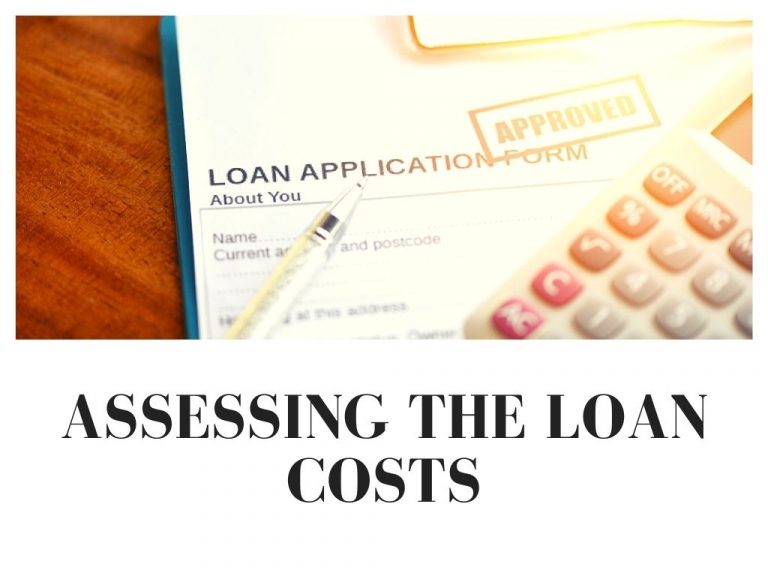
Just like the location of the home you want to buy will have a big impact on how much you pay for it, it will also have a significant effect on your loan costs.
There are several different ways to fund a house flip, but if you’re planning to use an asset-based loan you’ll need to make sure you understand the costs associated with one. These loans are usually more short-term, but the costs are higher than those of a traditional lender like a bank. The reason investors still prefer these loans despite the higher cost is that banks are less likely to fund house flips due to the risk involved.
An example of this is in the interest rates charged by asset-based lenders. House flippers can expect to see interest rates between 9 and 15%.
The Cost Of Renovations
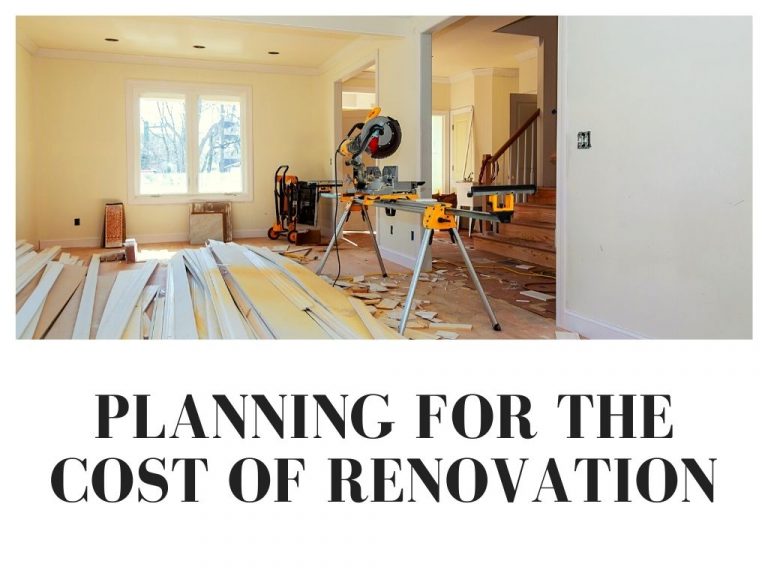
Next to the purchase price, the biggest cost house flipping investors will deal with will be the cost of renovation and remodeling.
The investor will need to prepare their budget for the cost of materials, hiring contractors and other service providers, and landscaping to name a few examples. Most house flippers focus on single-family properties, especially as beginners, due to the level of experience needed. Another thing that beginners should focus on is looking for turnkey properties. These are homes that need only minor renovations in order to be suitable for sale. Minimal renovations mean minimal renovation costs.
The cost of the renovations will largely come down to the condition of the home. Properties needing some fresh paint and fresh landscaping will be much less expensive than homes that will need to have major structural, plumbing, or electrical work done.
The secret for house flipping investors here is that they should only do renovations that are necessary and will add to the value of the property. Home renovations are typically broken down into three categories – cosmetic, moderate, or extensive. Cosmetic repairs are the least expensive but can make a big difference in how potential buyers perceive the home. At the end of the day, all the upgrades you decide to make should go towards increasing your asking price as much as is reasonably possible.
Moderate repairs are projects going into more detail – renovating a kitchen, bathroom or redoing the exterior of the home. While cosmetic repairs are often smaller projects you can take on yourself to save on the cost of labor, moderate repairs are more likely to require an experienced contractor. Properties that need moderate repairs may be priced better than any other homes on the market, but remember that you’ll need to factor in the time and money spent on renovations and think about how it will affect your final asking price.
Lastly, there are homes needing extensive repair. This is where you as an investor need to tread very carefully. They may be the cheapest homes on the market, but unless you have a lot of experience dealing with homes in serious disrepair, these homes may end up costing you more than they’re worth. The older the home, the bigger the chances are that you’ll be dealing with hazardous materials, outdated construction principles, and other costly challenges. You’ll want to think about whether you’re willing to invest the time and effort needed to get the home back up to standard.
Insurance And Other Carrying Costs
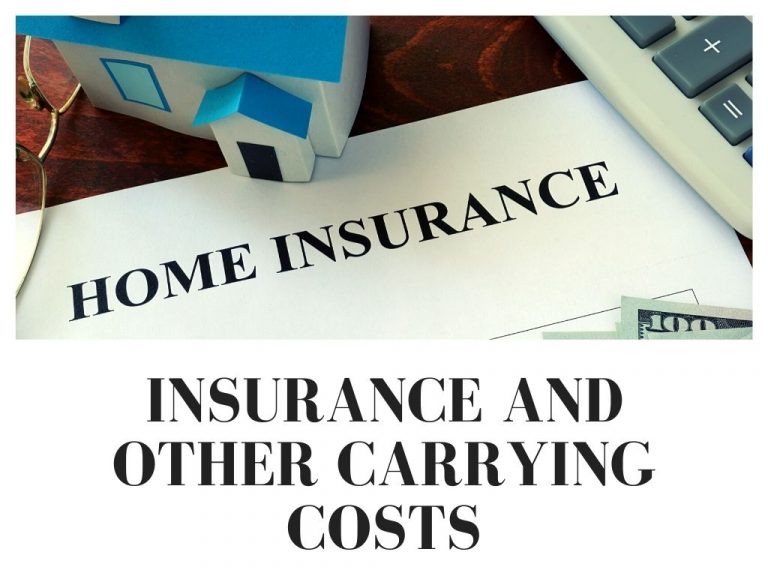
Keeping to your flipping timeline is an essential part of flipping a house and lowering your carrying costs. Some of the typical carrying costs you can expect to be responsible for will include your loan repayments, utilities, HOA fees, and property insurance to name a few.
The average property flip takes around 180 days before going on the market, and it’s good to try and keep to this timeline. Over time as you gain more experience it will become easier to flip a property faster and cut down on these costs even more.
There are also other major costs that need to be accounted for. Taxes and legal costs are an important part of the flipping process and it’s important that you know what you are liable for. With insurance, for example, costs will vary highly depending on the location the home is in. Make sure to compare quotes to find the best coverage. While these costs are largely smaller than some of the other expenses associated with a house flip, they can build up quite quickly.
The Selling Costs
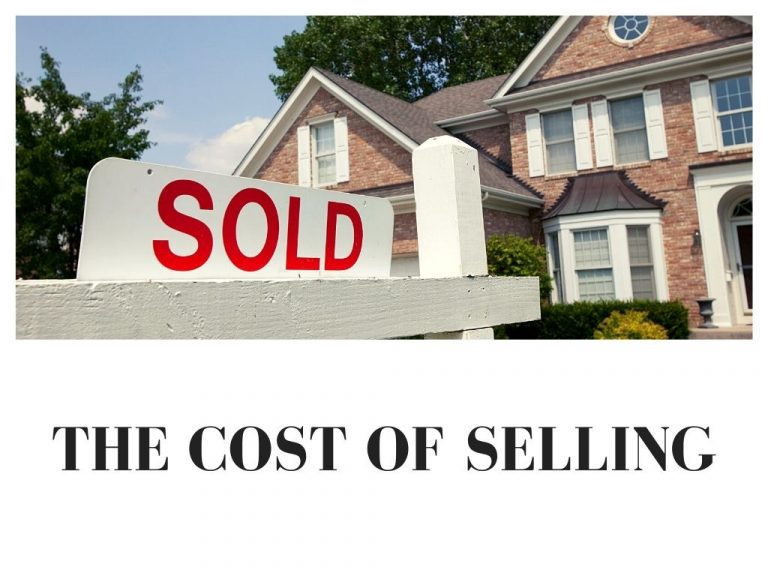
With all renovations completed, the next step is for you to start selling the property by listing it on the market. There are some costs here associated with marketing the home that should also be factored into the overall budget.
If you plan to work with a realtor to sell the home, you’ll have to factor in the real estate brokerage fees which can range up to 6% of the sale price of the property, or higher. You can sell the property yourself if you have the time available, but you may not have access to all the connections and interested buyers a realtor will have. You want to make the decision that will lead to the fastest home sale.
The other selling costs that may apply will be money spent on marketing. Listing the property online, publishing internet ads, or having fliers and other signs printed will all be advertising options you need to look into and potentially pay for.
Final Thoughts
When looking at a house flip as a whole, the costs associated with remodeling and reselling a home can seem daunting at first. The key is to break them down into smaller categories, have a clear idea of what the estimated costs will be before you jump in, and to work with a reliable lender.
Working with the right lender can have a big impact on how quickly you can close real estate deals and how you renovate a property. Many real estate investors build long-term relationships with their lenders which can lead to more favorable rates on future projects. You can also rely on your lender to provide you with several of the resources you need to work on your next project. With some of our free tools from New Silver, you can find the most profitable flip and buy and hold properties, calculate ARV, and much more.
